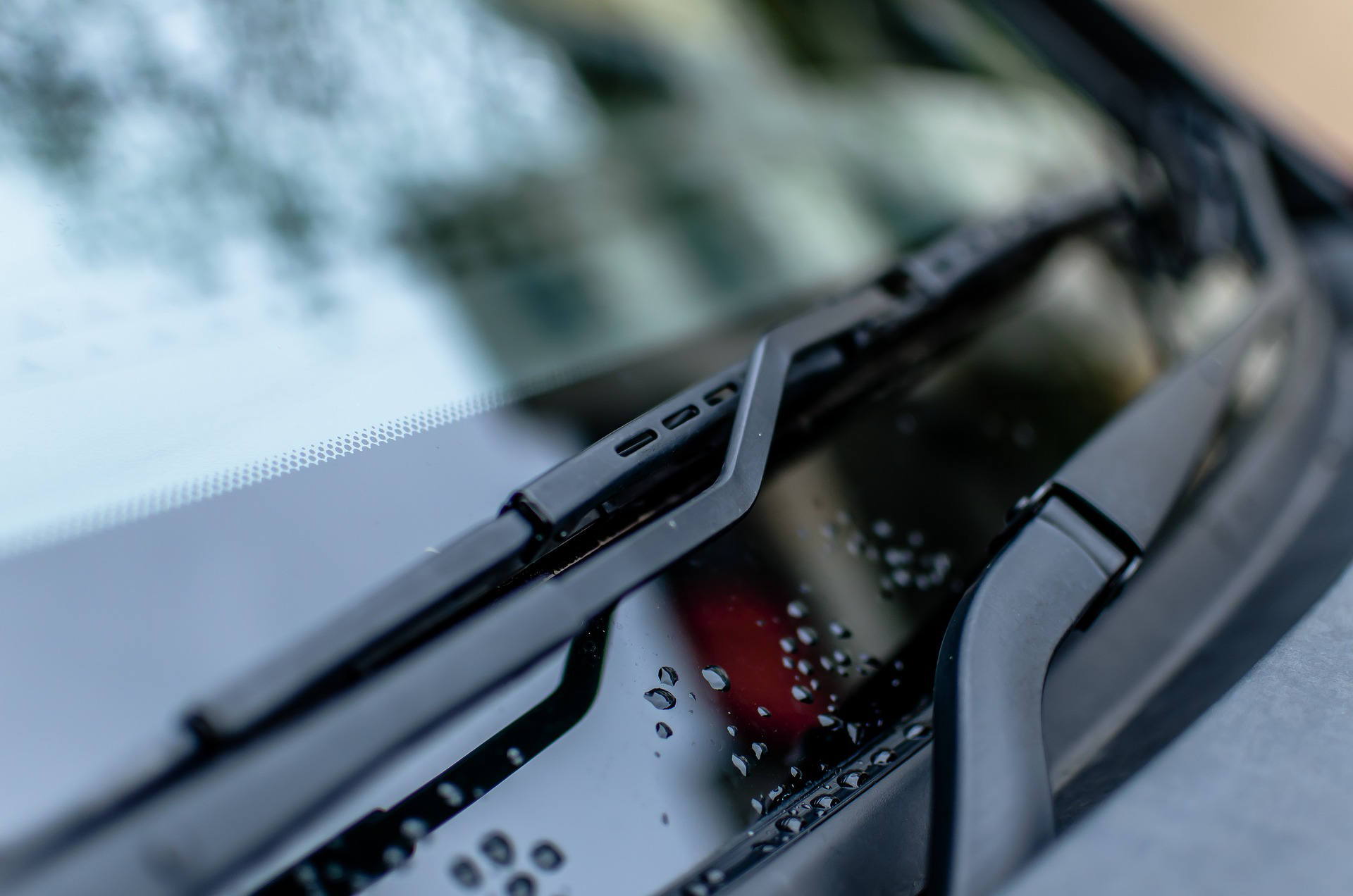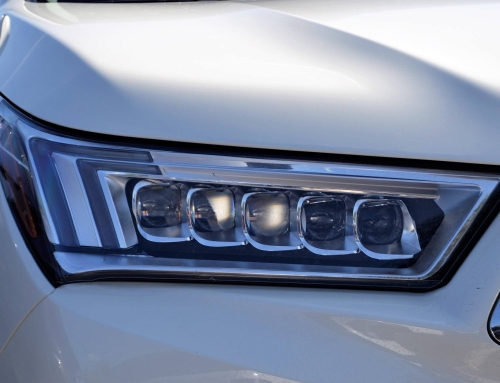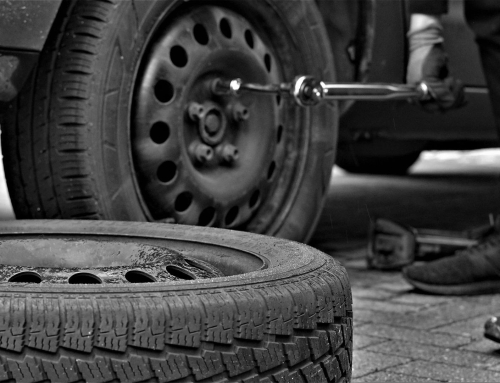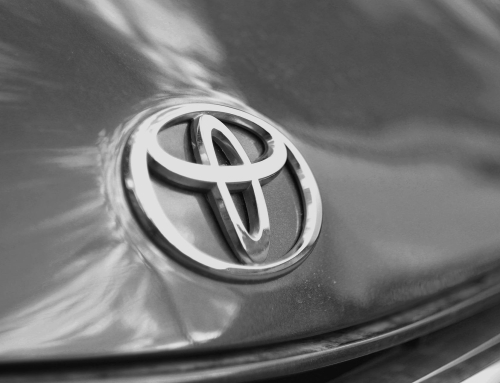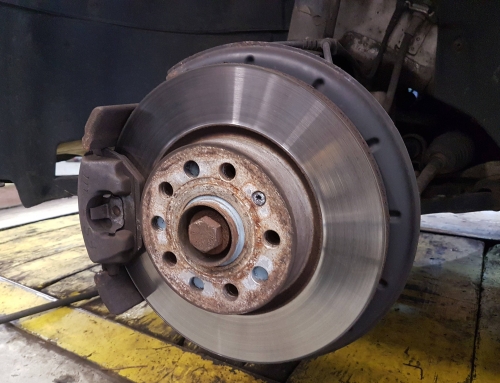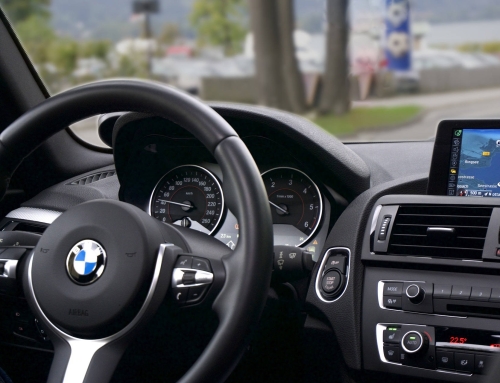When it comes to navigating the roads, optimal visibility is not just a matter of convenience-it’s a crucial safety concern. And in this safety net, windshield wipers play a pivotal role. They’re the unsung heroes, tirelessly battling rain, snow, and debris to keep your view clear. But this constant fight against the elements takes a toll, making regular maintenance and replacement essential to ensure you are safe and they are working effectively on the road.
Contents
Signs Your Wiper Blades Need Changed
Recognizing the signs that it is time to bid farewell to your current wiper blades is crucial. The natural consequence of using wiper blades, wear and tear, often manifests in the gradual rounding of the square rubber edges of the blades. This wear alters the blade’s contact with the windshield, diminishing its ability to clear away precipitation and debris efficiently. Additionally, exposure to the sun’s ultraviolet rays can lead to splitting, causing the rubber squeegee to detach from the blade frame, further compromising performance. Streaking, another common indication of wiper blade deterioration, occurs when the rubber dries, hardens, and develops cracks, leaving unsightly streaks across the windshield. Lastly, skipping, characterized by uneven windshield coverage due to blade curvature resulting from infrequent use, signals the need for replacement.
Replace Your Wiper Blades Every Six Months or 6,000 Miles
While general guidelines suggest replacing wiper blades every six months or 6,000 miles, environmental factors significantly dictate their lifespan. Regions prone to extreme temperatures, heavy precipitation, or frequent snowfall may require more frequent replacements to ensure optimal performance. Therefore, conducting regular inspections, ideally every six months, becomes imperative to assess the condition of the wipers and address any signs of wear or damage promptly.
Consequences of Not Replacing Your Worn Out Wiper Blades
Understanding the factors contributing to wiper blade problems empowers drivers to mitigate potential issues proactively. Bent frames, often resulting from encounters with ice or aggressive cleaning methods, hinder the blades’ ability to come into full contact with the windshield, leaving behind streaks and patches of uncleared debris. Similarly, damaged rubber squeegees compromise cleaning efficiency and are susceptible to cracking, splitting, or deterioration from prolonged exposure to sunlight. Even under ideal conditions, the sharp edges of the rubber gradually round off over time, diminishing the blade’s wiping effectiveness.
Wiper Blade Maintenance
As a driver, you have the power to extend the lifespan of your windshield wipers and ensure optimal visibility. Regularly cleaning your wiper blades with a non-abrasive solution is a simple yet effective way to remove dirt and debris, keeping them in top shape. And remember, clearing snow and ice from your windshield before using the wipers can prevent frame damage and ensure proper contact with the glass. By conducting routine inspections for signs of damage and checking for frame integrity and windshield contact, you can stay on top of your wiper blade maintenance and keep your view clear.
In conclusion, while windshield wipers may seem like a mundane component of vehicle maintenance, their role in ensuring clear visibility and safe driving conditions must be balanced. By understanding the signs of wiper blade deterioration, adhering to replacement guidelines, and implementing proactive maintenance measures, drivers can uphold the effectiveness of their wipers and prioritize road safety for themselves and others.

